The First Free Elections of Postwar Germany
Fascinating political map demarcating the distribution of the votes cast in the West German Federal elections of 1949. The map shows the proportions of votes cast in various German regions for ten different political parties as well as independent candidates. In the lower right corner, the total repartition of the four hundred and two seats of the Bundestag are shown.
This map was produced by the CCFA, the Commandment en Chef Francais en Allemagne, the military authority in the French-occupied zone. The base map dates from 1948, with the results of the election added on August 17th, 1949.
The 1949 West German Elections
Held in August 1949, four and a half years after the fall of Berlin, these elections were the first free and fair polls held in Germany since 1933 and the ascension of the National Socialist party. Prior to these elections, West Germany had been split into three zones, with British, French, and American administrations. The allied anti-Communist powers spent their four years of occupation trying to introduce democracy by persuasion rather than unilaterally, and the 1949 elections were the first test of their efforts.
Political parties had been allowed to operate in Germany as early as late 1945, and local elections first occurred in October 1946, as part of the process of decentralizing the German state. Initially, there was a great deal of friction between the occupied peoples and their military rulers, but the utter discrediting of the Nazi government in the eyes of the German people allowed for democratic ideas to be reintroduced. Following several years of negotiations between leading German politicians and western Allies, a mixed, decentralized electoral system was established.
From a western Allied point of view, the elections were a success, with parties supportive of liberal democracy winning a vast majority of votes. Two major parties emerged, the Social Democratic Party, which won a plurality of seats, and the Christian Democratic Union, which, allied with the Christian Social Union, won control of the Bundestag. This was an upset result, as Schumacker, a pro-reunification socialist, was more popular domestically, and had been historically more agitated against both the Nazi party and the Allied occupants than his rival. Of course, Adeneaur would become Chancellor, and his pro-market and pro-western policies would come to dominant West German policy until well past unification.
Rarity
We have been unable to trace any additional examples of this map. It appears to have been printed in a limited edition for governmental use.









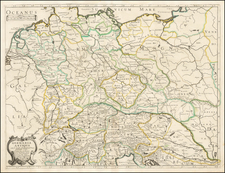
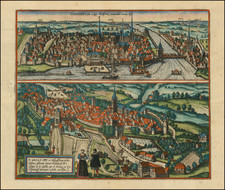
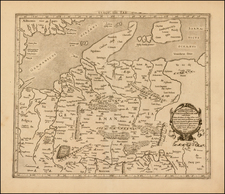
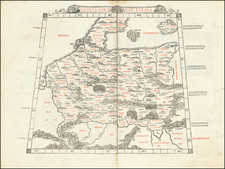
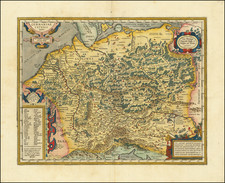
![(Landscape Architecture) Der Thiergarten bei Berlin in Jahre 1840. Nach den Originalplanen des Konigl. Gartendirectors pp Hernn Lonne gez u lith v. G Koeber [The Thiergarten near Berlin in 1840. According to the original plans of the Royal Garden Directors...]](https://storage.googleapis.com/raremaps/img/small/89992.jpg)